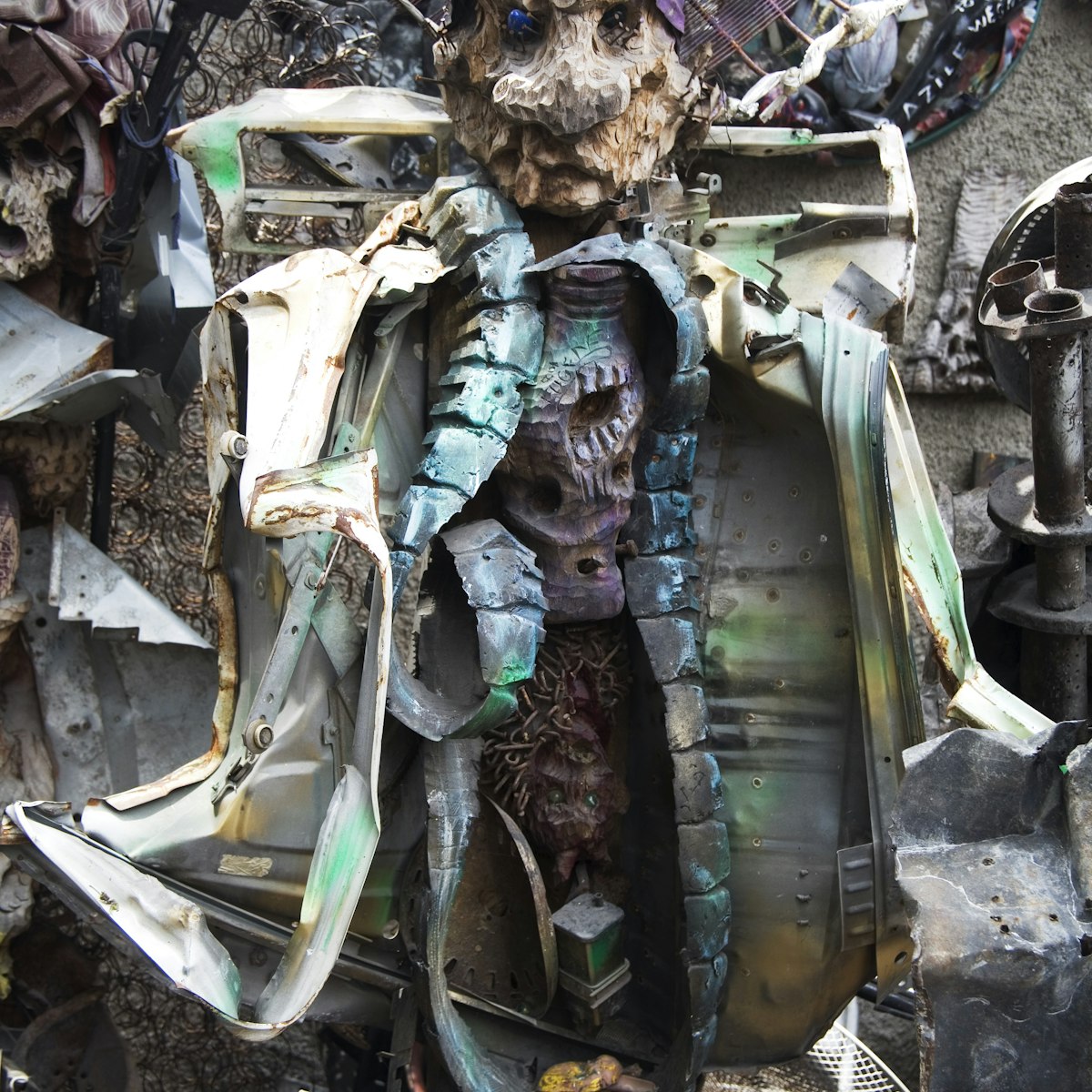Throughout history, the world has witnessed remarkable women who defied societal norms and rose to positions of power and authority. While the achievements of many of these women have been overshadowed by their male counterparts, some left an indelible mark on history through their patronage and construction of magnificent monuments. These historical monuments, built by women rulers, stand as enduring symbols of their power and serve as a testament to their vision, leadership, and enduring legacy.
Tomb of Itimad-ud-Daula, Agra, Uttar Pradesh
The Mausoleum of Itimad-ud-Daula is located on the left side of the Jamuna, next to Chini-ka-Rauza. Mirza Ghiyath Beg, Nur Jahan's father, was granted the appellation Itimad-ud-Daula. He held the Lord of the Empire's Treasure position and subsequently ascended to the rank of wazir under Jahangir. Nur Jahan finished the creation of her father's tomb in 1628 AD, nearly seven years after his passing.
The monument is in the centre of a quadrangle surrounded by grounds set out in the Char Bagh design. The building is built on an elevated sandstone platform 149 feet square and 3 feet and 4 inches above the ground. The tomb comprises a centre chamber containing Wazir and his wife's grave. This hall is surrounded by small rooms containing the remains of other family members. A sandstone stairway leads to the first level, where an exquisite oblong dome atop a pavilion over the central hall, crowned with pinnacles, can be found. This pavilion also has plain stone cenotaphs with no markings.
Humayun's Tomb, New Delhi

Maqbaera e Humayun is the Mughal King Humayun's mausoleum in New Delhi. Empress Bega Begum, also known as Haji Begum, commissioned the mausoleum in 1569-70. It was built by Mirak Mirza Ghiyas and his son, Sayyid Muhammad, Iranian builders selected by her. The tomb is situated in Nizamuddin East, New Delhi, near the Dina-panah Castle, also known as Purana Qila or the Old Fort, which Humayun built in 1533. It was also the first building of its size to use red granite. The tomb was designated a UNESCO World Heritage Site in 1993 and has since seen a lot of restoration work.
Lal Darwaza Masjid, Jaunpur, Uttar Pradesh
The Lal Darwaza Mosque, also known as the Red Door Mosque, is the tiniest of the Jaunpur mosques, dating from around 1450. It was built as part of a royal compound designed by Bibi Raja, Queen of Mahmud Shah Sharqi (r.1436-58). The Lal Darwaza Masjid was built as the Queen's shrine and is located in the Mohalla Lal Darwaza or Begum Ganj suburb. The mosque's design is based on the Atala mosque from 1408, albeit on a smaller scale, with a comparable tall tower in front of the dome in the centre of the main sanctuary's façade.
Mirjan Fort, Uttara Kannada, Karnataka

This 16th-century fort, about 22 kilometres from Gokarna in Karnataka, claims cultural glory and a distinguished past. However, there are numerous accounts of the fort's genesis. The fort was built by Chennai Bhairavi Devi, the Queen of Geroppa, also known as the 'Queen of Pepper,' according to the most common account.
The Agnanishi River encircles the fort, an architectural wonder with lofty ceilings and bastions. It has four major entrances, moats, hidden passages, and a canal. The fort is approached via wide stairs constructed of laterite stone. It was built on 10 acres and has seen several conflicts while enduring the test of time. The fort also has several watchtowers that provide a birds-eye perspective of the surrounding region. Mirjan Fort is one of the most famous tourist sites in the area due to its fascinating past.
Dakshineshwar Kali Mandir, Kolkata, West Bengal

Rani Rashmoni founded the temple in response to her dream as she prepared to embark on her spiritual journey to Varanasi. Rani's long-term plan came to fruition after her husband passed away with the unfulfilled wish of designing and building a Kali temple. Rani Rashmoni took over the management of her husband's vast domain. She was a benevolent administrator but was constantly at odds with the strict British laws and policies. Dakshineswar temple, bathing ghats, a route from the Subarnarekha River to Puri, Imperial Library (now National Library), and Hindu College (now Presidency College) are testaments to her benevolent nature.
Rani Ki Vav, Patan, Gujarat

This is one of Gujarat's earliest and best step wells, located on the banks of the Saraswati River and in surprisingly good condition. Rani Udayamati of the Chaulukya Dynasty erected it in 1063 to honour her spouse, Bhimdev I. Merutunga, a Jain priest, wrote in 1304 that Udayamati, the daughter of Naravaraha Khangara, constructed this stepwell in Patan. Steps descend through multiple layers of carved pillars and over 800 statues, mostly on Vishnu-avatar subjects, as well as stunning geometric patterns. The stepwell is shaped like an inverted shrine. It exemplifies the exceptional workmanship of the time, as well as the distinct Maru-Gurjara unique architecture, and contains sculptures reminiscent of the Vimalavasahi temple in Mount Abu and the Sun Temple in Modhera. Since 2014, the stepwell has been designated a UNESCO World Heritage Site.
 Publish for free
Publish for free





























